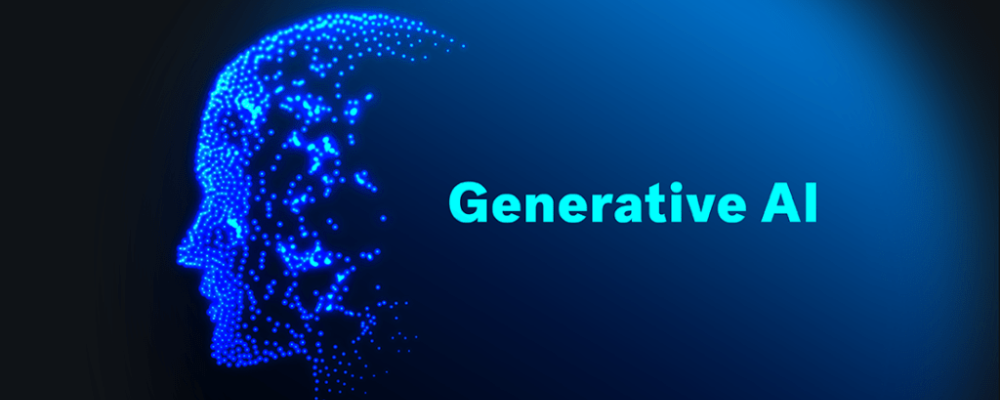
Generative AI, a revolutionary branch of artificial intelligence, is reshaping creative industries worldwide. This technology, leveraging Generative Adversarial Networks (GANs) and advanced transformer models like GPT-4, creates new content and drives innovation across visual arts, music, writing, game development, and fashion.
Understanding Generative AI
Generative AI refers to algorithms that produce original content resembling the data they were trained on. Unlike traditional AI that analyzes existing data, generative AI generates novel outputs, meeting the demand for innovative content in creative sectors.
Key Technologies in Generative AI
- Generative Adversarial Networks (GANs): Introduced in 2014, GANs consist of two neural networks generator and discriminator collaborating to synthesize realistic data, such as images, videos, and audio.
- Transformer Models: Exemplified by GPT-3 & GPT-4, these models excel in natural language processing (NLP), generating coherent text and revolutionizing content creation.
Applications of Generative AI in Creative Industries
Generative AI enhances productivity and creativity across diverse creative domains:
1. Visual Arts
AI tools transform visual arts by:
- AI Art Creation: GANs produce avant-garde artworks, like “Portrait of Edmond de Belamy,” demonstrating commercial potential.
- Design Assistance: Tools like DeepArt and RunwayML aid designers in creating intricate visuals and suggesting innovative design elements.
2. Music Composition
AI pioneers new frontiers in music:
- AI Composers: MuseNet and Magenta compose music across genres, analyzing vast musical data to create original compositions.
- Music Production: Tools like Amper Music streamline music creation and remixing processes.
3. Writing and Content Creation
AI transforms writing and content creation:
- Automated Writing: Tools like Jasper and Writesonic generate blog posts, marketing copy, and social media content.
- Creative Writing: AI assists in storytelling and scriptwriting, suggesting plotlines and developing characters.
4. Game Development
AI enhances gaming experiences:
- Procedural Content Generation: Games like No Man’s Sky use AI to create diverse, immersive worlds and narratives.
- Character and Dialogue Creation: AI-driven characters adapt to player interactions, enriching gaming narratives.
5. Fashion and Design
AI impacts fashion and design:
- Trend Prediction: AI predicts fashion trends using social media and consumer data, aiding designers in creating popular designs.
- Design Generation: Tools like Replika and Vue.ai assist in creating fashion designs, suggesting styles and color combinations.
Impact of Generative AI on Creative Industries
Generative AI boosts creativity, productivity, and accessibility:
- Enhanced Creativity: AI tools streamline creative processes, freeing up time for innovation.
- Democratization of Creativity: AI makes sophisticated tools accessible, fostering inclusivity and collaboration.
- Ethical Considerations: Addressing AI-generated content’s authenticity, copyright, and bias is crucial for industry integrity.
Future Prospects of Generative AI in Creative Industries
Future trends include:
- Integration with AR and VR: AI enhances immersive experiences in augmented and virtual realities.
- Personalized Content Creation: AI tailors content to individual preferences, enhancing engagement.
- Cross-Disciplinary Collaborations: AI fosters collaborations across sectors, driving innovation.
Conclusion
Generative AI is revolutionizing creative industries by providing innovative tools for content creation. As this technology evolves, addressing ethical considerations and maximizing AI’s potential will shape future advancements in creativity and innovation.






